A Study on the Application of LSTM to Judge Bike Accidents for Inflating Wearable Airbags
Abstract
:1. Introduction
2. Method and Design of the Proposed System
2.1. Data Collection and System Design
- Front collision;
- Rear collision;
- Left collision;
- Right collision;
- Fall, Roll, etc.
2.1.1. Raw Data Collection
2.1.2. Raw Data Analysis
2.1.3. System Drive Part
2.2. LSTM Theory and Design
3. LSTM Experiment Results and Comparisons
3.1. Test Results and Comparisons
3.2. Testing with Airbag
4. Conclusions
Author Contributions
Funding
Conflicts of Interest
References
- Thompson, D.C.; Rivara, F.; Thompson, R. Helmets for preventing head and facial injuries in bicyclists. Cochrane Database Syst. Rev. 1999, 4. [Google Scholar] [CrossRef]
- De Guerre, L.E.; Sadiqi, S.; Leenen, L.P.; Oner, C.F.; Van Gaalen, S.M. Injuries related to bicycle accidents: An epidemiological study in The Netherlands. Eur. J. Trauma Emerg. Surg. 2020, 46, 413–418. [Google Scholar] [CrossRef] [PubMed] [Green Version]
- Kawaguchi, S.; Takemura, H.; Mizoguchi, H.; Kusunoki, F.; Egusa, R.; Funaoi, H.; Sugimoto, M. Accuracy evaluation of hand motion measurement using 3D range image sensor. In 2017 Eleventh International Conference on Sensing Technology (ICST); IEEE: Sydney, NSW, Australia, 2017; pp. 1–4. [Google Scholar] [CrossRef]
- Stone, E.E.; Skubic, M. Fall detection in homes of older adults using the Microsoft Kinect. IEEE J. Biomed. Health Inform. 2015, 19, 290–301. [Google Scholar] [CrossRef] [PubMed]
- Ryu, J.T. The development of fall detection system using 3-axis acceleration sensor and tilt sensor. J. Korea Ind. Inf. Syst. Res. 2013, 18, 19–24. [Google Scholar] [CrossRef]
- Kim, S.H.; Park, J.; Kim, D.W.; Kim, N. The Study of Realtime Fall Detection System with Accelerometer and Tilt Sensor. J. Korean Soc. Precis. Eng. 2011, 28, 1330–1338. [Google Scholar]
- Kim, H.; Min, J. Implementation of a Motion Capture System using 3-axis Accelerometer. J. KIISE Comput. Pract. Lett. 2011, 17, 383–388. [Google Scholar]
- Lee, H.; Lee, S. Real-time Activity and Posture Recognition with Combined Acceleration Sensor Data from Smartphone and Wearable Device. J. KISS Softw. Appl. 2014, 41, 586–597. [Google Scholar]
- Kau, L.J.; Chen, C.S. A smart phone-based pocket fall accident detection, positioning, and rescue system. IEEE J. Biomed. Health Inform. 2015, 19, 44–56. [Google Scholar] [CrossRef]
- Pierleoni, P.; Belli, A.; Palma, L.; Pellegrini, M.; Pernini, L.; Valenti, S. A high reliability wearable device for elderly fall detection. IEEE Sens. J. 2015, 15, 4544–4553. [Google Scholar] [CrossRef]
- Li, C.; Wang, P.; Wang, S.; Hou, Y.; Li, W. Skeleton-based action recognition using LSTM and CNN. In 2017 IEEE International Conference on Multimedia & Expo Workshops (ICMEW); IEEE: Hong Kong, 2017; pp. 585–590. [Google Scholar] [CrossRef]
- Li, R.; Balakrishnan, G.P.; Nie, J.; Li, Y.; Agu, E.; Grimone, K.; Herman, D.; Abrantes, A.M.; Stein, M.D. Estimation of Blood Alcohol Concentration From Smartphone Gait Data Using Neural Networks. IEEE Access 2021, 9, 61237–61255. [Google Scholar] [CrossRef]
- Khodairy, M.A.; Abosamra, G. Driving Behavior Classification Based on Oversampled Signals of Smartphone Embedded Sensors Using an Optimized Stacked-LSTM Neural Networks. IEEE Access 2021, 9, 4957–4972. [Google Scholar] [CrossRef]
- Zarzycki, K.; Ławryńczuk, M. LSTM and GRU Neural Networks as Models of Dynamical Processes Used in Predictive Control: A Comparison of Models Developed for Two Chemical Reactors. Sensors 2021, 21, 5625. [Google Scholar] [CrossRef] [PubMed]
- De Quadros, T.; Lazzaretti, A.E.; Schneider, F.K. A movement decomposition and machine learning-based fall detection system using wrist wearable device. IEEE Sens. J. 2018, 18, 5082–5089. [Google Scholar] [CrossRef]
- Aziz, O.; Klenk, J.; Schwickert, L.; Chiari, L.; Becker, C.; Park, E.J.; Mori, G.; Robinovitch, S.N. Validation of accuracy of SVM-based fall detection system using real-world fall and non-fall datasets. PLoS ONE 2017, 12, e0180318. [Google Scholar] [CrossRef] [PubMed] [Green Version]
- Pienaar, S.W.; Malekian, R. Human activity recognition using LSTM-RNN deep neural network architecture. In 2019 IEEE 2nd Wireless Africa Conference (WAC); IEEE: Pretoria, South Africa, 2019; pp. 1–5. [Google Scholar] [CrossRef] [Green Version]
- Latif, S.; Usman, M.; Rana, R.; Qadir, J. Phonocardiographic sensing using deep learning for abnormal heartbeat detection. IEEE Sens. J. 2018, 18, 9393–9400. [Google Scholar] [CrossRef] [Green Version]
- Sigcha, L.; Costa, N.; Pavón, I.; Costa, S.; Arezes, P.; López, J.M.; De Arcas, G. Deep Learning Approaches for Detecting Freezing of Gait in Parkinson’s Disease Patients through On-Body Acceleration Sensors. Sensors 2020, 20, 1895. [Google Scholar] [CrossRef] [Green Version]
- Mundt, M.; Johnson, W.R.; Potthast, W.; Markert, B.; Mian, A.; Alderson, J. A Comparison of Three Neural Network Approaches for Estimating Joint Angles and Moments from Inertial Measurement Units. Sensors 2021, 21, 4535. [Google Scholar] [CrossRef]
- Wu, K.F.; Sasidharan, L.; Thor, C.P.; Chen, S.Y. Crash sequence based risk matrix for motorcycle crashes. Accid. Anal. Prev. 2018, 117, 21–31. [Google Scholar] [CrossRef]
- Tabei, F.; Askarian, B.; Chong, J.W. Accident detection system for bicycle riders. IEEE Sens. J. 2020, 21, 878–885. [Google Scholar] [CrossRef]
- Selmanaj, D.; Corno, M.; Savaresi, S.M. Hazard detection for motorcycles via accelerometers: A self-organizing map approach. IEEE Trans. Cybern. 2016, 47, 3609–3620. [Google Scholar] [CrossRef] [Green Version]
- Parviainen, J.; Colliri, J.; Pihlström, T.; Takala, J.; Hanski, K.; Lumiaho, A. Automatic crash detection for motor cycles. In IECON 2014-40th Annual Conference of the IEEE Industrial Electronics Society; IEEE: Dallas, TX, USA, 2014; pp. 3409–3413. [Google Scholar] [CrossRef]
- Google Patents. Available online: https://patents.google.com/patent/WO2020167214A1 (accessed on 20 August 2020).
- Jo, S.H.; Woo, J.; Jeong, J.H.; Byun, G.S. Safety air bag system for motorcycle using parallel neural networks. J. Electr. Eng. Technol. 2019, 14, 2191–2203. [Google Scholar] [CrossRef]
- Woo, J.; Jo, S.H.; Jeong, J.H.; Kim, M.; Byun, G.S. A study on wearable airbag system applied with convolutional neural networks for safety of motorcycle. J. Electr. Eng. Technol. 2020, 15, 883–897. [Google Scholar] [CrossRef]
- Jeong, J.H.; Jo, S.H.; Woo, J.; Lee, D.H.; Sung, T.K.; Byun, G.S. Parallel Neural Network–Convolutional Neural Networks for Wearable Motorcycle Airbag System. J. Electr. Eng. Technol. 2020, 15, 2721–2734. [Google Scholar] [CrossRef]
- Woo, J.; Jo, S.H.; Byun, G.S.; Kwon, B.S.; Jeong, J.H. Wearable Airbag System for Real-Time Bicycle Rider Accident Recognition by Orthogonal Convolutional Neural Network (O-CNN) Model. Electronics 2021, 10, 1423. [Google Scholar] [CrossRef]
- Kim, Y.K.; Park, J.H.; Kwak, H.K.; Park, S.H.; Lee, C.; Lee, J.M. Performance improvement of a pedestrian dead reckoning system using a low cost IMU. J. Inst. Control Robot. Syst. 2013, 19, 569–575. [Google Scholar] [CrossRef] [Green Version]
- Yoo, B.H.; Heo, G.Y. Detection of Rotations in Jump Rope using Complementary Filter. J. Korea Inst. Inf. Commun. Eng. 2017, 21, 8–16. [Google Scholar] [CrossRef]
- Bellati, A.; Cossalter, V.; Lot, R.; Ambrogi, A. Preliminary investigation on the dynamics of motorcycle fall behavior: Influence of a simple airbag jacket system on rider safety. In Proceeding of the 6th International Motorcycle Conference; IFZ Institute for Motorcycle Safety: Cologne, Germany, 2006; pp. 9–10. [Google Scholar]
- Zhang, Q.; Li, H.Q.; Ning, Y.K.; Liang, D.; Zhao, G.R. Design and Realization of a Wearable Hip-Airbag System for Fall Protection. Appl. Mech. Mater. 2014, 461, 667–674. [Google Scholar] [CrossRef]
- Sugomori, Y. Detailed Deep Learning—Time Series Data Processing by TensorFlow · Keras; Wikibook: Paju-si, Korea, 2017; Chapter 3. [Google Scholar]
- Heusel, M.; Ramsauer, H.; Unterthiner, T.; Nessler, B.; Hochreiter, S. GANs Trained by a Two Time-Scale Update Rule Converge to a Local Nash Equilibrium. In Proceedings of the Advances in Neural Information Processing Systems 30 (NIPS 2017), Long Beach, CA, USA, 4–9 December 2017. [Google Scholar]
- Kingma, D.P.; Ba, J.L. Adam: A Method for Stochastic Optimization. arXiv 2015, arXiv:1412.6980v9; [Google Scholar]
- Tieleman, T.; Hinton, G. Lecture 6.5—RMSProp, COURSERA: Neural Networks for Machine Learning; Technical Report; University of Toronto: Toronto, ON, Canada, 2012. [Google Scholar]
- Sutskever, I.; Martens, J.; Dahl, G.; Hinton, G. On the importance of initialization and momentum in deep learning. In Proceedings of the 30th International Conference on Machine Learning (ICML-13), Atlanta, GA, USA, 16–21 June 2013; pp. 1139–1147. [Google Scholar]
- Clevert, D.A.; Unterthiner, T.; Hochreiter, S. Fast and accurate deep network learning by exponential linear units (elus). arXiv 2015, arXiv:1511.07289. [Google Scholar]


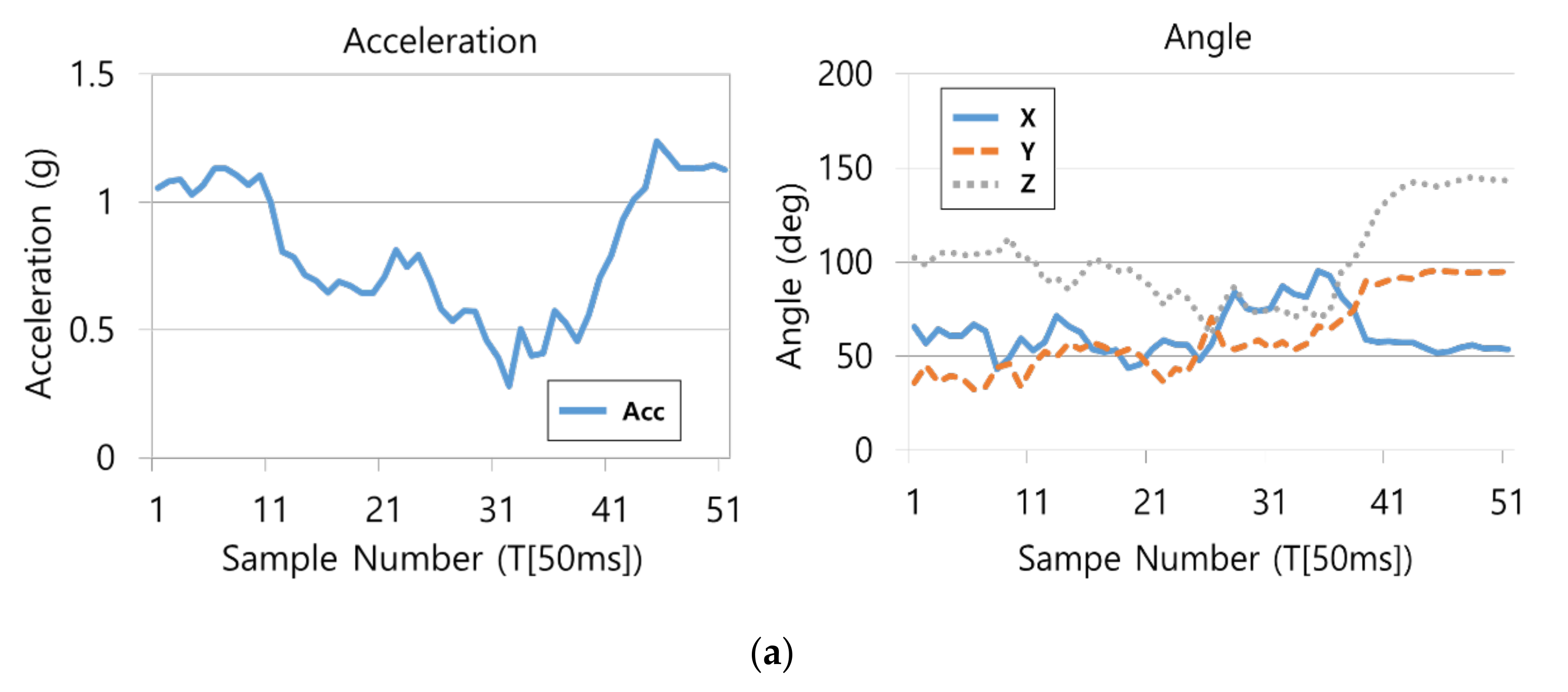
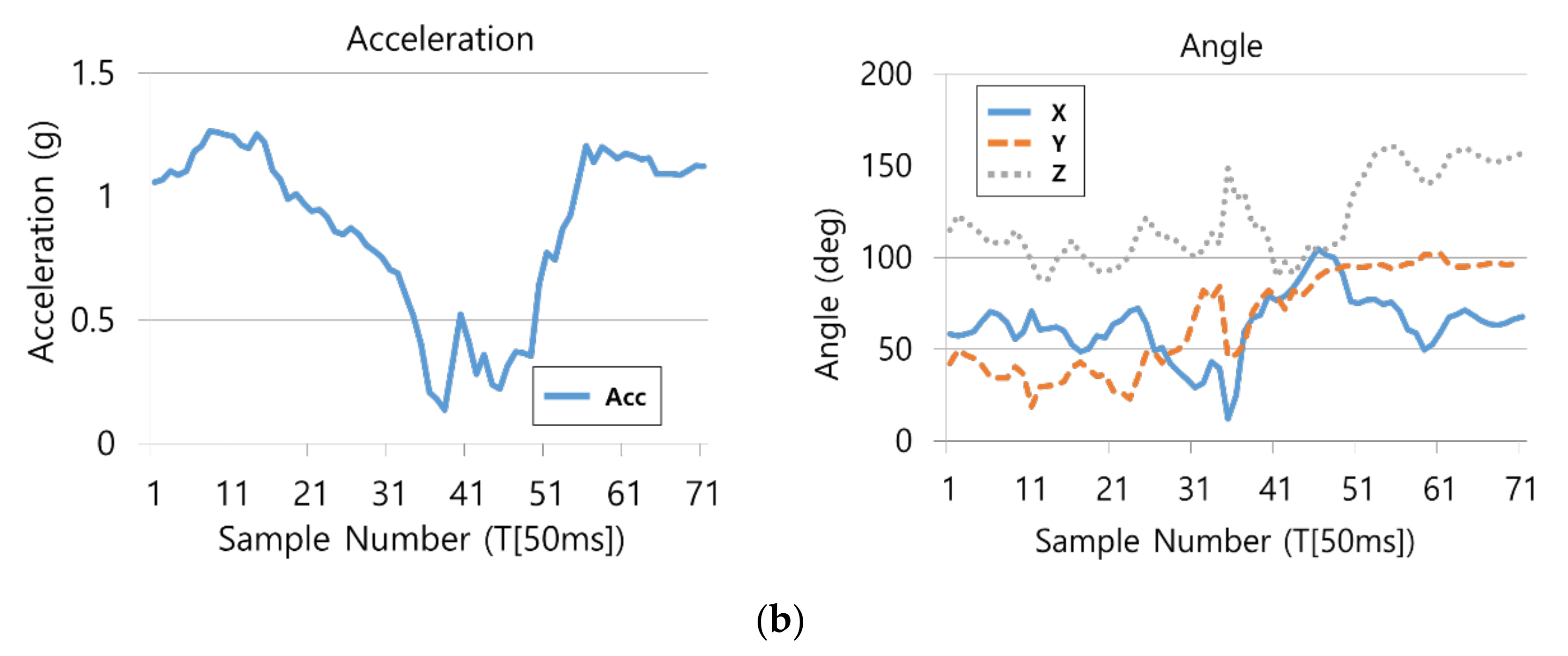




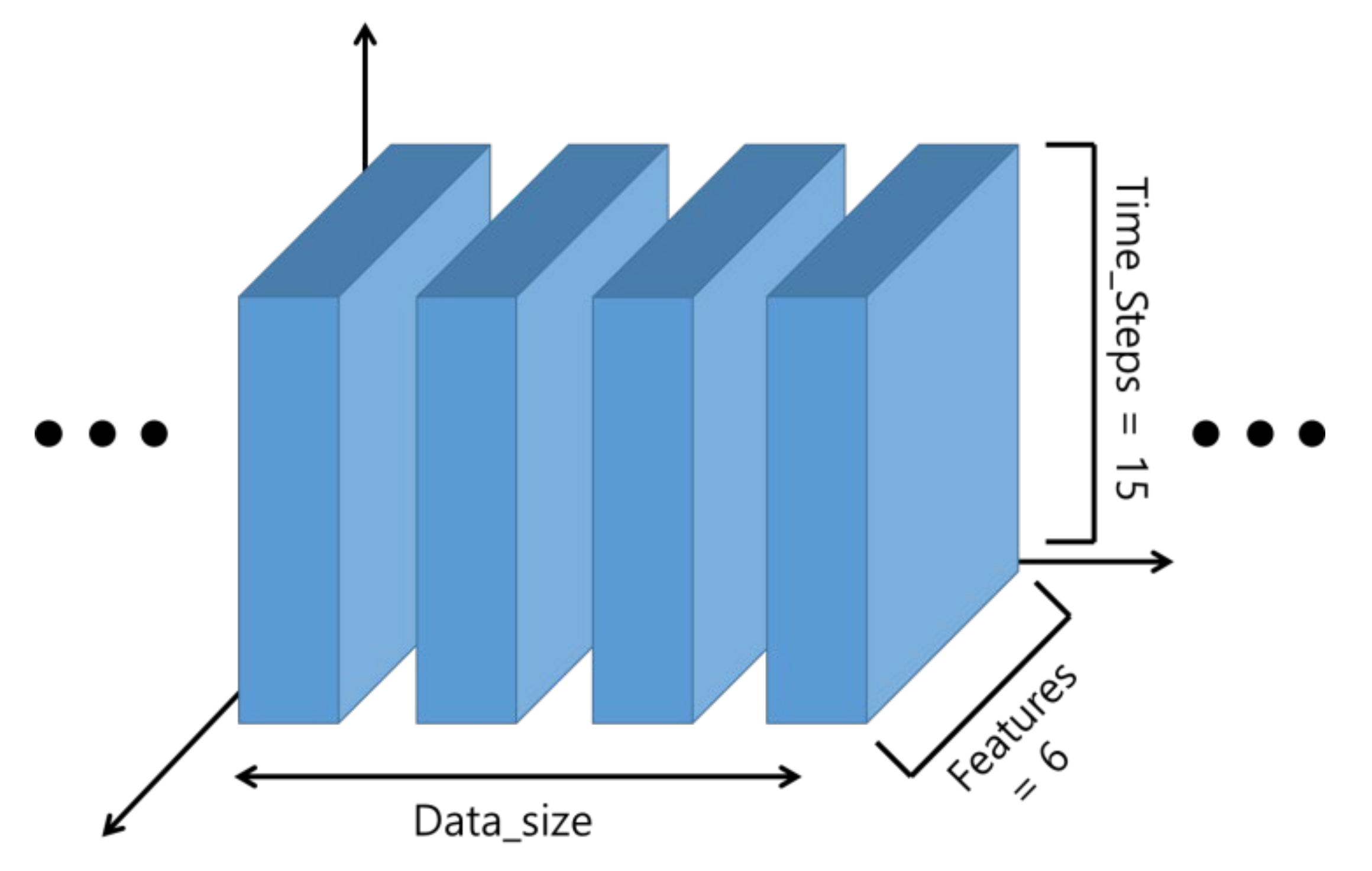


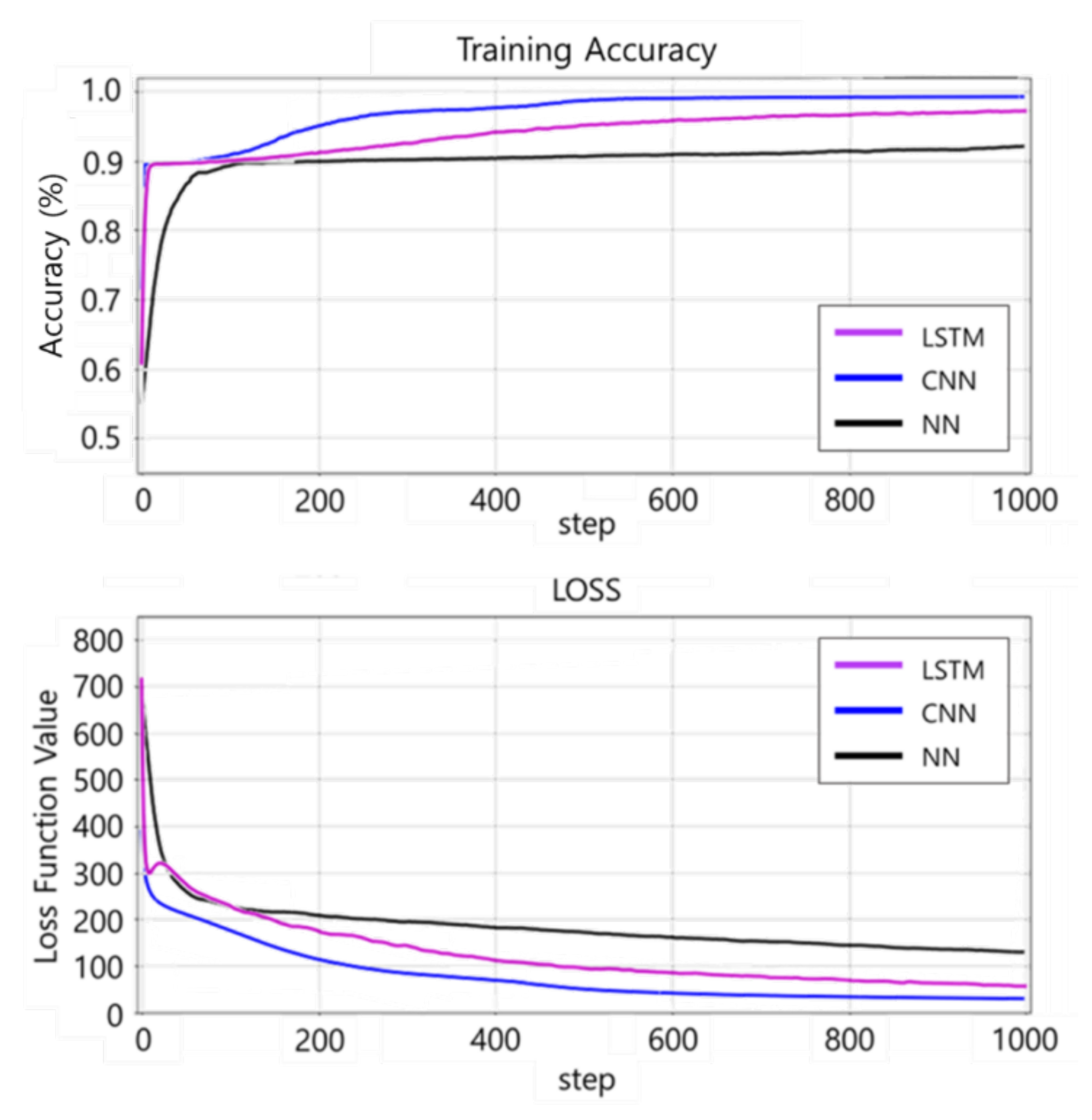
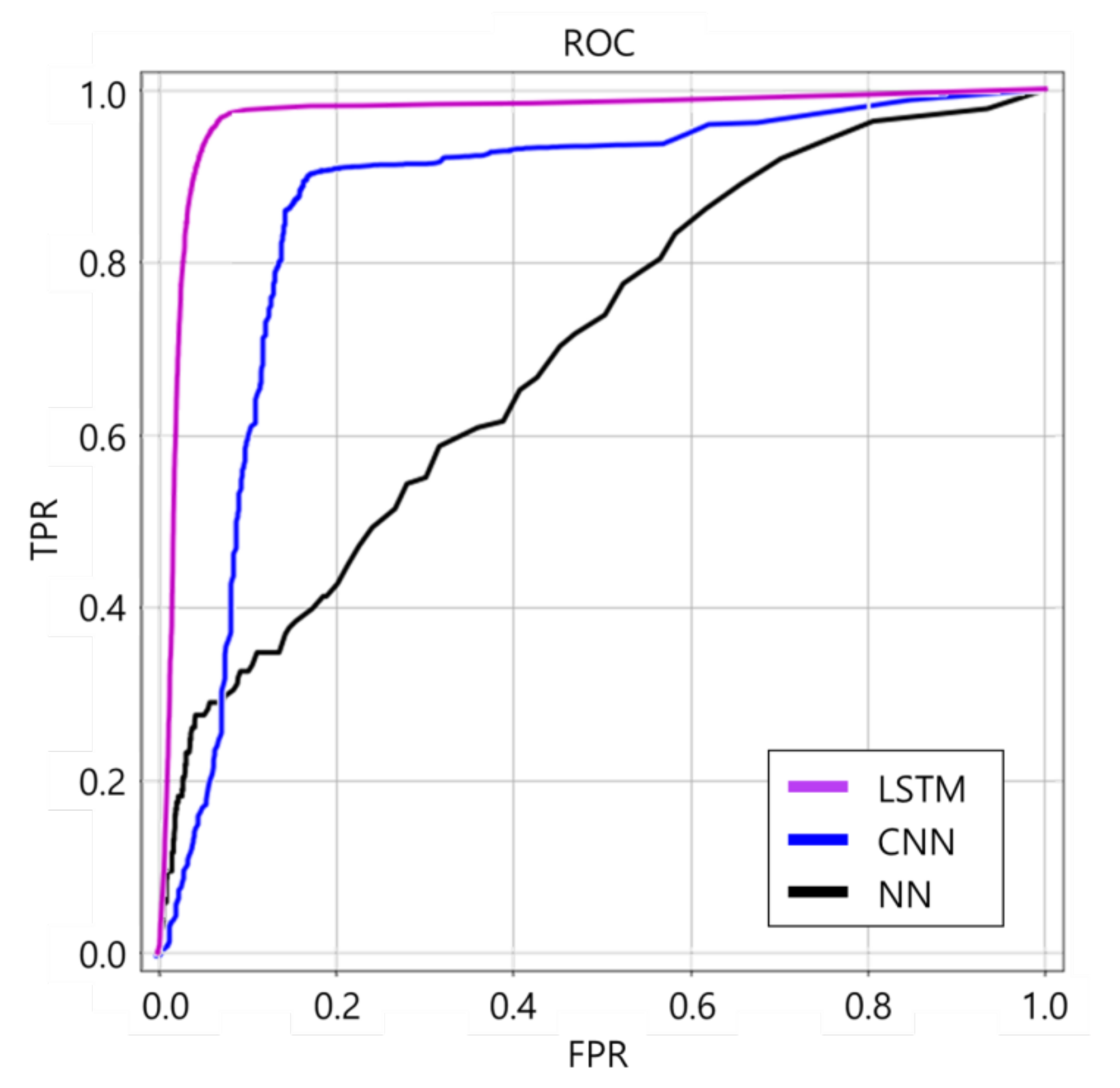
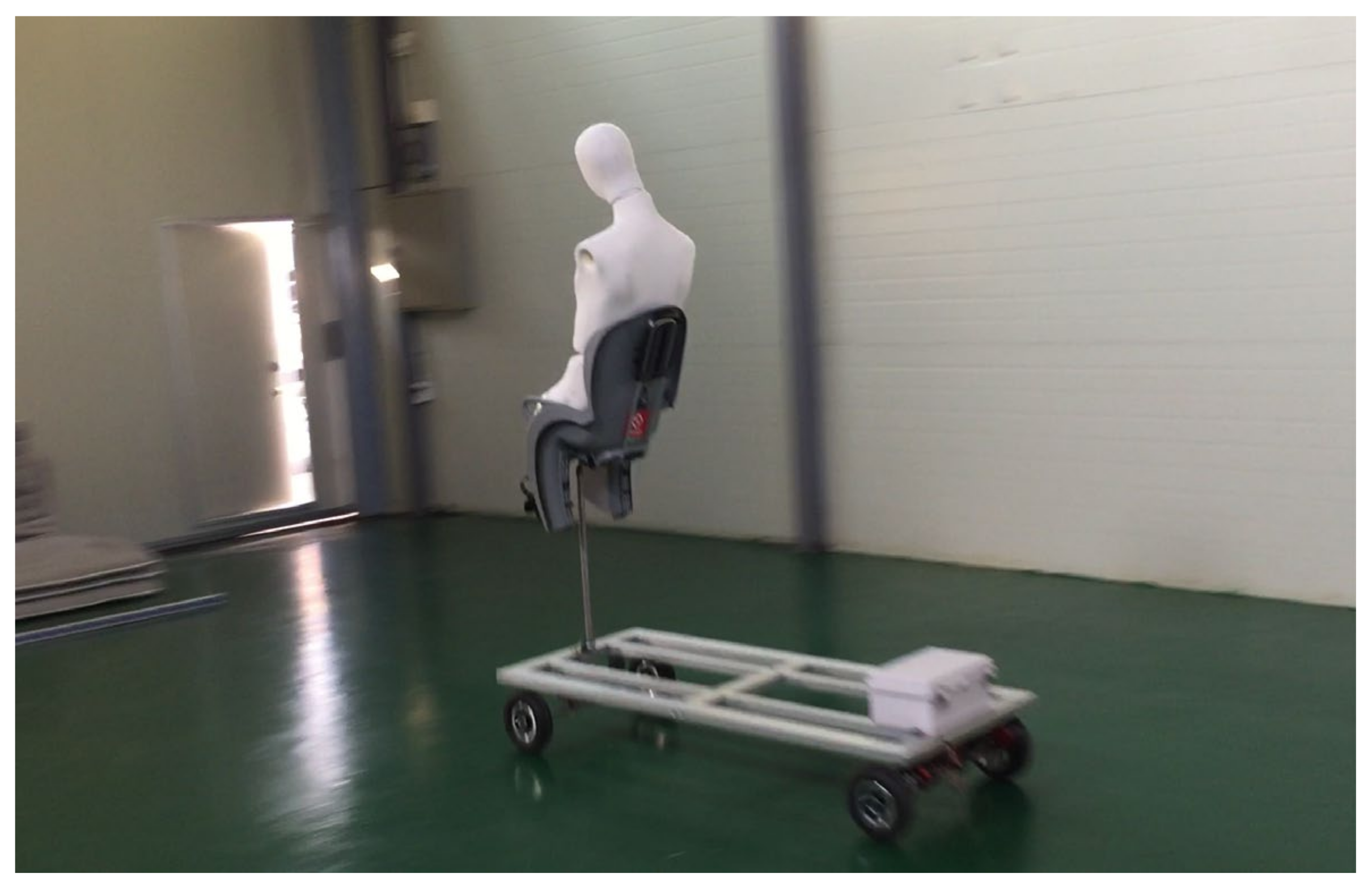
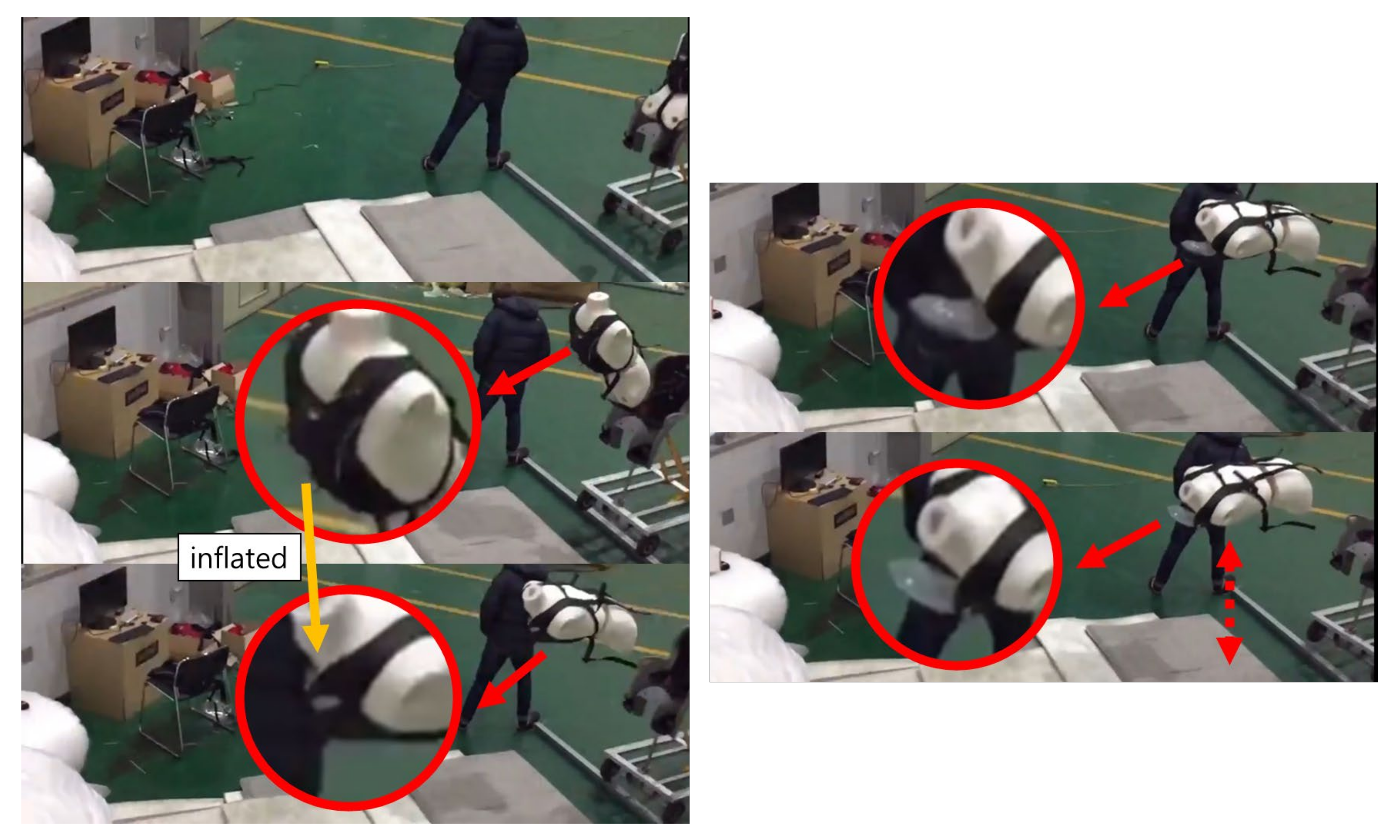
| Time | Acceleration | Angle | ||||
|---|---|---|---|---|---|---|
| X | Y | Z | X | Y | Z | |
| T_s1 | 1.08873 | 0.07507 | −0.12464 | 18.58213 | 89.26502 | 66.49303 |
| T_s2 | 0.93897 | 0.02329 | 0.53261 | 25.70627 | 88.88076 | 64.56924 |
| T_s3 | 0.96653 | 0.08587 | 0.65714 | 32.06958 | 86.69562 | 59.52053 |
| T_s4 | 1.23658 | −0.25690 | 0.09096 | 23.78130 | 92.49972 | 66.96293 |
| T_s5 | 0.53428 | 0.02383 | 0.28870 | 23.87306 | 91.96020 | 66.31092 |
| T_s6 | 0.89975 | 0.44901 | 0.57337 | 26.97208 | 87.61472 | 64.80787 |
| T_s7 | 0.68992 | 0.22347 | 0.56436 | 32.90183 | 83.46288 | 57.45921 |
| T_s8 | 0.64561 | −0.21184 | 0.76713 | 45.35566 | 89.55425 | 49.63304 |
| T_s9 | 1.10645 | −0.63056 | 0.31480 | 42.66323 | 96.83949 | 55.33480 |
| T_s10 | 0.94762 | −0.25137 | 0.87484 | 43.45735 | 98.79564 | 52.71785 |
| T_s11 | 0.63805 | −0.30686 | 0.60364 | 44.29453 | 103.07350 | 52.60575 |
| T_s12 | 0.47248 | −0.27727 | 0.46273 | 46.30504 | 109.24230 | 51.72902 |
| T_s13 | −1.23561 | −0.02847 | 0.10609 | 64.33788 | 96.78557 | 66.50202 |
| T_s14 | 1.07818 | −0.02991 | −0.45904 | 58.99714 | 93.76888 | 80.94142 |
| T_s15 | 1.28572 | −1.29456 | −1.54209 | 78.00906 | 113.27850 | 84.13935 |
| Acceleration | Angle | Correct Answer | NN | CNN | LSTM | |
|---|---|---|---|---|---|---|
| No Accident | 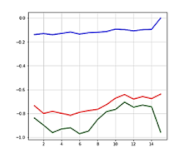 | 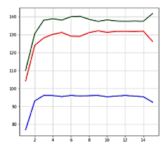 | 0 | 0.189 | 0.038 | 0.006 |
| No Accident |  |  | 0 | 0.194 | 0.033 | 0.002 |
| Accident |  | 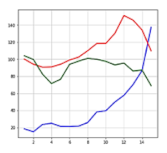 | 1 | 0.734 | 0.954 | 0.932 |
| Accident |  | 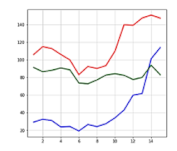 | 1 | 0.205 | 0.758 | 0.943 |
| NN | CNN | LSTM | |
|---|---|---|---|
| Tr_Acc[%] (σ) | 91.96 (1.23) | 98.87 (1.38) | 97.17 (0.50) |
| Ts_Acc[%] (σ) | 86.75 (4.78) | 95.75 (3.41) | 98.25 (3.54) |
| Tr_Per[ms] (σ) | 22.54 (1.18) | 31.87 (1.36) | 41.83 (2.36) |
| Ts_Per[ms] (σ) | 1.34 (0.47) | 1.50 (0.50) | 1.88 (0.48) |
Publisher’s Note: MDPI stays neutral with regard to jurisdictional claims in published maps and institutional affiliations. |
© 2021 by the authors. Licensee MDPI, Basel, Switzerland. This article is an open access article distributed under the terms and conditions of the Creative Commons Attribution (CC BY) license (https://creativecommons.org/licenses/by/4.0/).
Share and Cite
Jo, S.-H.; Woo, J.; Byun, G.-S.; Kwon, B.-S.; Jeong, J.-H. A Study on the Application of LSTM to Judge Bike Accidents for Inflating Wearable Airbags. Sensors 2021, 21, 6541. https://doi.org/10.3390/s21196541
Jo S-H, Woo J, Byun G-S, Kwon B-S, Jeong J-H. A Study on the Application of LSTM to Judge Bike Accidents for Inflating Wearable Airbags. Sensors. 2021; 21(19):6541. https://doi.org/10.3390/s21196541
Chicago/Turabian StyleJo, So-Hyeon, Joo Woo, Gi-Sig Byun, Baek-Soon Kwon, and Jae-Hoon Jeong. 2021. "A Study on the Application of LSTM to Judge Bike Accidents for Inflating Wearable Airbags" Sensors 21, no. 19: 6541. https://doi.org/10.3390/s21196541






